Introduction
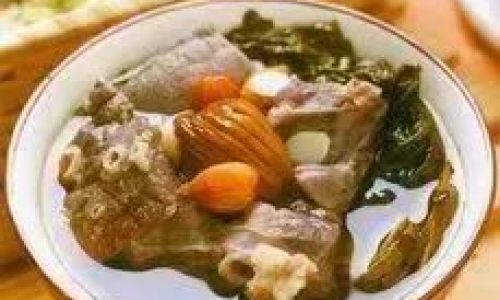
In the vast realm of culinary arts, traditional Chinese cuisine stands out for its intricate blend of flavors, harmonious ingredient combinations, and meticulous cooking techniques. Among the myriad of dishes that embody these characteristics, the Sangxing Pork Lung Stew (桑杏猪肺煲) holds a special place. This dish, with its roots deeply embedded in traditional Chinese medicine and culinary traditions, is not just a meal but a holistic experience that nourishes the body and soul. This article delves into the intricacies of preparing Sangxing Pork Lung Stew, exploring its origins, ingredients, cooking methods, and the cultural significance it holds.
Origins and Cultural Significance
The concept of Sangxing Pork Lung Stew is deeply intertwined with traditional Chinese medicine, where food is seen not merely as nourishment but as a means to balance qi (energy) and promote health. The dish gets its name from the primary herbal ingredients used – mulberry leaves (桑) and apricot kernels (杏). These herbs, along with pork lungs, are believed to have specific health benefits, such as nourishing the lungs, moistening the dryness, and alleviating coughs.
In ancient China, pork lungs were highly valued for their nutritional properties, particularly in lung-related health issues. Combined with the soothing and nourishing properties of mulberry leaves and apricot kernels, the stew became a popular remedy during cold and flu seasons. Over time, it evolved into a cherished dish enjoyed by families during special occasions and festive gatherings, symbolizing health, prosperity, and unity.
Ingredients and Their Roles
The beauty of Sangxing Pork Lung Stew lies in its simplicity and the harmonious interplay of ingredients. Here’s a detailed breakdown of the key components and their roles:
-
Pork Lungs: The star ingredient, pork lungs are rich in protein and essential nutrients that support lung health. They are meticulously cleaned and prepared to ensure a tender and flavorful texture.
-
Mulberry Leaves: These leaves are known for their ability to nourish the lungs and clear heat. They add a subtle, earthy flavor to the stew, enhancing its overall taste profile.

-
Apricot Kernels: Apricot kernels are rich in vitamins and minerals, particularly vitamin E and magnesium. They are also believed to have a soothing effect on the respiratory system. Their nutty aroma complements the pork lungs perfectly.
-
Ginger: Fresh ginger slices are added to the stew for their warming properties and ability to aid digestion. They also provide a spicy kick that balances the earthy flavors of the mulberry leaves and apricot kernels.
-
Chinese Wolfberry (Gouqi Berries): These tiny red berries are packed with antioxidants and are known for their ability to nourish the liver and kidneys. They add a sweet-tart flavor to the stew, making it more palatable.
-
Water Chestnuts: These crisp, juicy vegetables add a refreshing texture to the stew, making it more enjoyable to eat. They also contribute a slight sweetness that balances the other flavors.
-
Chicken Broth or Water: A good-quality chicken broth or water serves as the base for the stew, allowing the flavors of the ingredients to meld together seamlessly.
-
Seasonings: Salt, white pepper, and a touch of sesame oil are used to season the stew, enhancing its flavor without overpowering the natural ingredients.
Preparation and Cooking Techniques
The art of making Sangxing Pork Lung Stew lies in meticulous preparation and cooking techniques. Here’s a step-by-step guide to achieving the perfect dish:
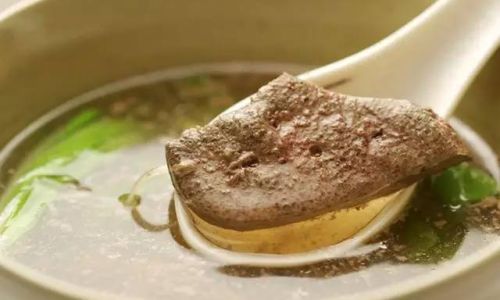
-
Cleaning the Pork Lungs: This is the most crucial step. The pork lungs must be thoroughly cleaned to remove any blood, impurities, and membranes. Start by rinsing them under cold running water, then soak them in saltwater for about 30 minutes to draw out any remaining blood. After soaking, rinse them again and pat them dry. Cut the lungs into bite-sized pieces and set them aside.
-
Preparing the Herbs and Vegetables: Rinse the mulberry leaves under cold water and set them aside. Soak the apricot kernels in water for about 30 minutes to soften them, then drain and set aside. Peel and slice the ginger into thin pieces. Rinse the wolfberries and water chestnuts, and set them aside.
-
Blanching the Pork Lungs: Bring a pot of water to a boil and add the pork lungs. Blanch them for about 5 minutes to remove any remaining impurities and blood. Drain and rinse them under cold water, then set them aside.
-
Cooking the Stew: In a large pot or wok, add the chicken broth or water and bring it to a boil. Add the blanched pork lungs, mulberry leaves, apricot kernels, and ginger slices. Lower the heat to a simmer and cook for about 1.5 to 2 hours, or until the pork lungs are tender and the flavors have melded together.
-
Adding the Vegetables and Seasonings: After the pork lungs are tender, add the wolfberries and water chestnuts. Continue to simmer for another 10-15 minutes, or until the vegetables are cooked but still crisp. Season with salt and white pepper to taste, and add a touch of sesame oil for added flavor.
-
Serving: Ladle the stew into bowls and serve hot. Garnish with a sprinkle of chopped green onions or cilantro if desired.
Tips for Perfecting the Dish
-
Patience is Key: The cooking process for Sangxing Pork Lung Stew requires patience. The longer the ingredients simmer together, the more their flavors will meld and deepen, resulting in a more flavorful and nourishing dish.
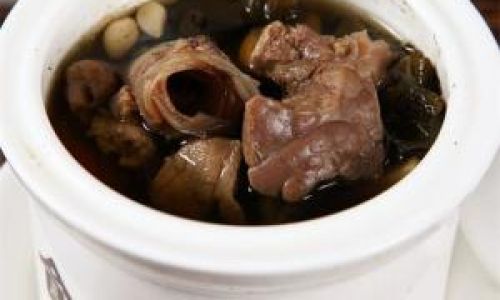
-
Quality Ingredients: Use fresh, high-quality ingredients for the best results. This includes using organic mulberry leaves and apricot kernels if possible, and ensuring the pork lungs are from a reputable source.
-
Adjust Seasoning to Taste: While the traditional seasoning for this dish is minimal, feel free to adjust it to your personal preference. A touch of soy sauce or rice vinegar can add a new layer of flavor if desired.
-
Serve with Rice or Noodles: For a more filling meal, serve the stew over a bed of steamed rice or noodles. This will not only soak up the delicious broth but also provide additional nutrients and texture.
Conclusion
Sangxing Pork Lung Stew is a culinary gem that combines the wisdom of traditional Chinese medicine with the art of culinary craftsmanship. Its rich, flavorful broth and tender, nourishing ingredients make it a dish that is not only delicious but also beneficial for overall health. By following the steps outlined in this article, you can create your own version of this timeless classic, enjoying its unique flavors and health benefits in the comfort of your own home.
As you savor each bite of this stew, take a moment to appreciate the centuries-old traditions and wisdom that have gone into its creation. It’s not just a meal; it’s a journey through time, a celebration of cultural heritage, and a nourishing embrace for your body and soul. So, gather your ingredients, roll up your sleeves, and embark on the culinary adventure of making Sangxing Pork Lung Stew – a dish that promises to delight your taste buds and nourish your life.
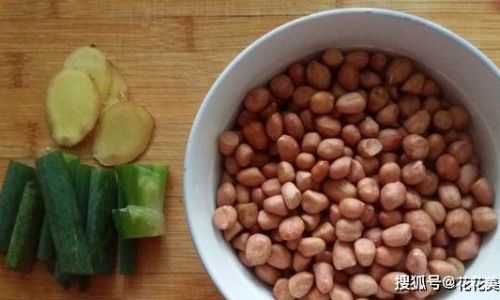

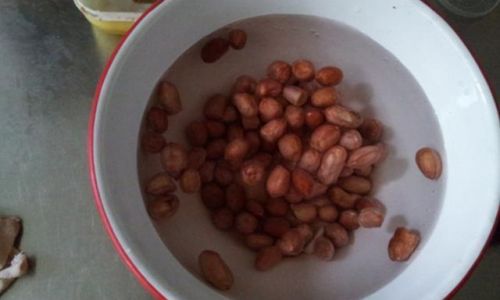

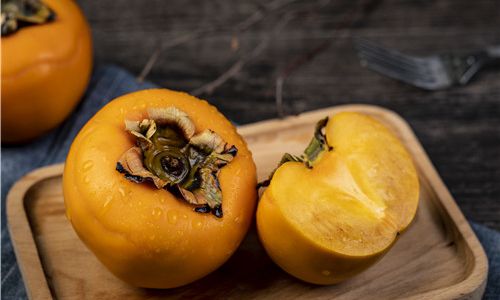

0 comments